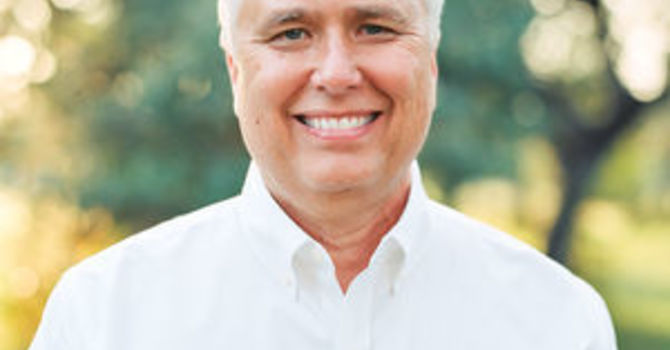
What is the “Popping” sound when I get a chiropractic adjustment?
There is a lot of confusion around the popping noise of a chiropractic adjustment, what does it mean, is it harmful or helpful? The short version of what happens is gas is released with the fluid of the joint and that causes the sound you here. The joints of the body are filled with a fluid called synovial fluid. Synovial fluid cushions the bones and reduces friction when you move. This fluid is thick and viscous. Within the fluid gases are dissolved and when the joint is stretched (like in a chiropractic adjustment) this changes the pressure within the joint. If the pressure change is enough this dissolved gas bubbles up and that is the pop that you hear. The process is called cavitation. When a joint “pops” it will stretch slightly. The gas will slowly be reabsorbed and with 30-60 minutes you can re-pop the joint.
This is similar to the old bow and arrow darts we had as kids. They would stick to walls, or appliances and when you pulled the dart off you would hear a popping sound. This is also cavitation.
There is an old wise tale that popping you knuckles will cause arthritis in your hands. This is false and not supported by research. Previous theories where the popping sound was coming from bone rubbing on bone. The science has shown this not to be true. A study in 2011 took the hands of 215 people aged 50-89 and compared arthritis in the hands of patients who also popped their knuckles and ones that never did. They x-rayed these joints and could not find any difference in arthritis between the two groups.
What does joint popping do?
There is a stretching of the joint, stretching of the muscles, and decreased pressure in the disc. There also appears to be some neurological reflexes going on which may inhibit pain responses back to the spinal cord and brain. There is still a lot of research going on trying to pinpoint what exactly it is doing to make a patient feel better. There is also ongoing research about which patients respond best to spinal manipulation. To get these stretching of joints and neurological reflexes may not require the joint to pop. This is also ongoing research it appears that patients believe the popping sound makes the treatment more successful and this does not seem to be the case.
This research, on joint popping, is about 30 year old so it is relatively new in research circles. I have included an MRI of a finger joint popping and gas bubble that forms within it. You can't hear the pop but you can see a black oval bubble form within the finger joint.
References
https://www.health.harvard.edu/blog/knuckle-cracking-annoying-and-harmful-or-just-annoying-2018051413797 https://pubmed.ncbi.nlm.nih.gov/14563460/ https://www.jabfm.org/content/24/2/169 https://www.ncbi.nlm.nih.gov/pmc/articles/PMC4398549/

Dr. Craig Benton
Contact Me



